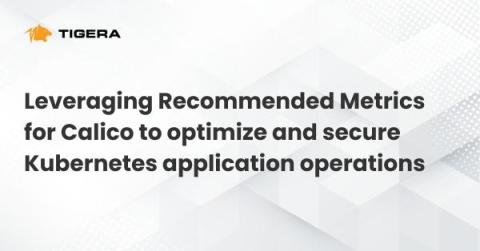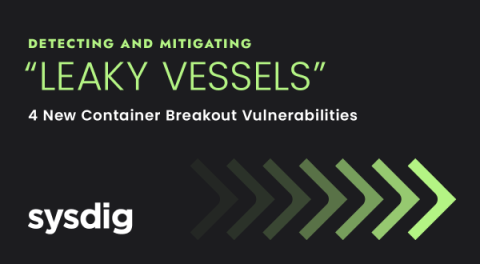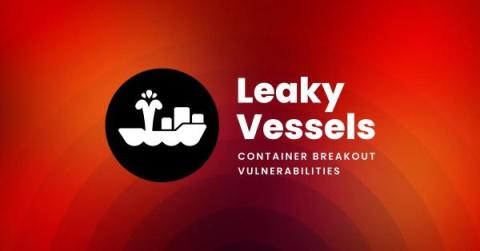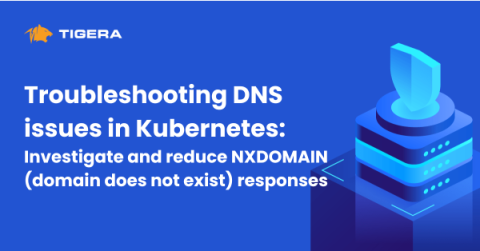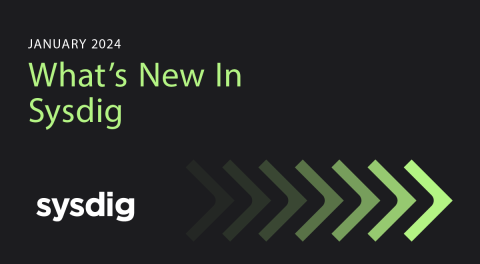Leveraging Recommended Metrics for Calico to optimize and secure Kubernetes application operations
In the ever-evolving landscape of Kubernetes networking and security, Calico has proven to be a battle-hardened, scalable and robust solution. Core to Calico’s architecture are two components, Felix and Typha. And given their importance for running Kubernetes deployment, it is no surprise that monitoring these components is crucial to secure and maintain them for optimal cluster operation.


